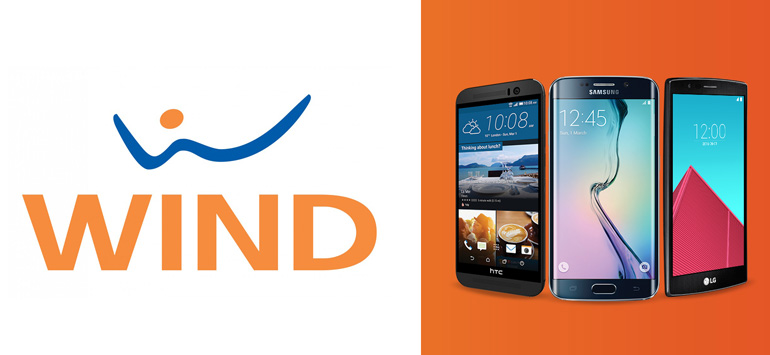It’s not breaking news, but the Rogers-Wind Mobile deal announced back on June 24 was like a blockbuster trade in the sports world. In a quid pro quo with government acquiescence, Rogers acquired Mobilicity and Shaw’s unused wireless spectrum, while opening it up to Wind. It seems like a win-win, but is it?
On paper, it seems like it is. Rogers dished out $440 million to swallow up Mobilicity and absorb its 150,000 remaining customers. Shaw had a deal with Rogers in 2013 to sell off the dormant spectrum it had acquired back in 2008, but government regulators blocked that from going through. That was lifted and the original deal fell in place.
Wind gets almost all of Shaw’s spectrum, plus all of Mobilicity’s licenses, allowing it to roll out LTE service sooner than it otherwise could have. Underserved regions, like Northern and Eastern Ontario, Manitoba, Saskatchewan, Alberta and B.C., are all reportedly going to see better service because of this.
Rogers gets to use crucial Shaw spectrum in B.C. and Alberta to improve service there, while also latching onto some of Wind’s network in Southern Ontario. All told, the money Rogers paid out to make this happen is apparently far less than it would’ve cost to acquire the spectrum and licenses in an auction. This is hard to quantify because, outside of the cost to buy Mobilicity, it’s not clear what other monies exchanged hands. Speculation is that Wind paid little for its part in this deal, and even so, the additional spectrum doesn’t solve one of its inherent problems.
While its network has expanded and improved since rolling out in late 2008, being on AWS bands has been an Achilles heel for the company. By sitting out the 700Mhz spectrum auction last year, Wind missed out on valuable licenses that would have at least improved service indoors, while also paving the way for faster LTE adoption. This deal with Rogers doesn’t necessarily address these two factors enough to push the incumbent carriers to lower prices.
And therein lies the rub in all this. Rogers did indicate that service would continue unabated for Mobilicity’s customers, but hasn’t specified what the pricing model will look like. Maintaining $40/month rates on the Rogers network is certainly not going to happen, and more than likely, they will be moved over to Chatr where they will have to pick a more expensive plan. They may also get the choice to move to Rogers, or maybe even Fido. Either way, they will be paying more.
Former Public Mobile users who were swallowed up by Telus in 2013 can attest to how this process will end up.
For its part, the government seems to have hailed this as a boon for consumers, even though it doesn’t really mesh with statements from Ottawa over the last year or two. Despite acknowledging that the wireless industry in Canada is lacking competition, this deal was being waved like a peace treaty after a summit. It helps along the fringes, but doesn’t do enough to shake up the market.
Which is where Videotron comes in. If Wind were to make a deal with the Quebec-based carrier, which holds spectrum across the country that includes licenses in the 700Mhz band, it would be able to plug some of the major gaps it’s currently dealing with. No such deal is reportedly in the works, but now might be a good time for both companies to sit at the table and discuss. Videotron can reap the rewards of a partnership in which improved Wind service could lead to a spike in subscribers.
Another question to consider is whether Wind may now choose to raise prices — even slightly. Not that it would be a huge increase, but it is a possibility if the company feels like it can without damaging its reputation as a cheaper alternative to the Big 3. In a recent off-hand conversation we had with a Wind executive, he noted that the company is fine with its current pricing structure, so we’ll take that for what it is.
The additional spectrum is likely to improve service, though the kind of signal Wind users have seen in the recent deployment in the Toronto subway system would be great if it was everywhere.




